As we roll into the middle of November I often see the lakes thinning out slightly at this time of the year (greenery and fewer anglers) with a lot less happy go lucky anglers and a few more hardened faces appearing. You know the ones I mean, the anglers that have braved the cold weather for years and after a while the stories of the cold nights on the bank start to show on their faces! I include myself as being one of these crazy winter carpers. I do find the cold water side of carping more enjoyable than the summer carping if the truth is known, as I find it’s more me against the carp than the anglers. Not that I’m anti-social at all, but I do love the challenge and like anyone else out there, it’s great to get your own thing going given chance; where in the warmer months its near impossible to do so! As the water temperature starts to drop and the nights start to overcrowd the daylight hours, it’s a sure sign winter is well on its way. Returning from France just a week ago (and warm it was too) it was a shock to the system just how chilly the UK had got within a week. I thought this would be a great time to start my winter blogs, so here we go with the first of my cold water carping series.
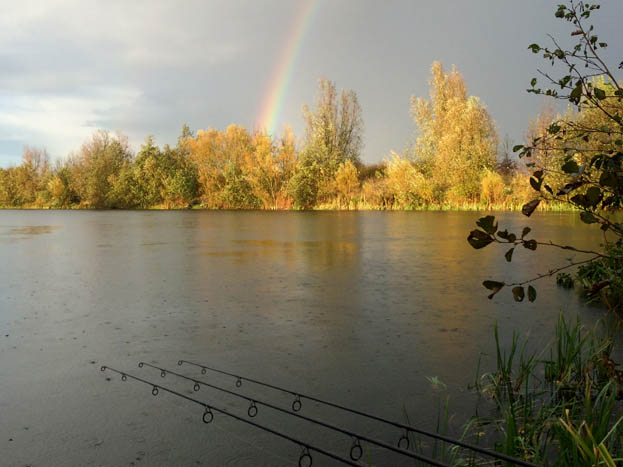
Syndicate water
After arriving at my syndicate lake, I always follow a plan to find the carp in the lake as it’s something that’s always held me in good stead over the years. As the temperature starts to fall the carp generally start to favour a couple of areas of the lake. As a simple rule of thumb, with the lake water warmer than the wind/average air temp, on a windy day I more often than not find the carp on the back of the wind! As opposed to spring when you have cold water and warmer winds. It’s simply the chilling/warming effect the wind has on the water! As the blog’s go on I will drift a little more into this subject! A few weeks ago the water temperature was a nice 13 degrees and by this trip it had steadily dropped to a fish feeding 10.5 degrees (the temperature’s not so important right now but as we hit the colder water temps, this will make a great difference on how I approach a cold water session!). Right, that’s enough of that for now let’s get on with my last session!
After a couple of laps around the lake it was quite noticeable how much warmer the back of the wind was and without seeing a single carp, I narrowed their location down to a couple of swims. A swim called the Bog and a hardly fished swim down the other corner called Roy’s. After spending an hour sat in the Bog (the swim not the loo!) it wasn’t screaming at me at all, so I thought getting the rods out in Roy’s might give me a little more information (rig wise was my supple Mugga blow-back set-up). With the rods out not far from the marginal drop off’s, I sat for a while watching and waiting. Bosh!! That’s what I needed to see, as a carp rolled and sent bow waves out into the lake. Feeling I’d made the right choice I quickly set up camp for the few nights ahead. Before the light faded I saw no less than six shows from carp in my area, now that’s how I like to start a session! The rods came alive as the light fell, with liners and bleeps as the carp patrolled the very weedy margins. A common of 23lb came in the witching hours of the night, while the rain soaked me to the skin. She was soon returned and with a fresh rig in place over my baited area, I soon dried off and nodded off to sleep until 6am. The right hand rod bleeped and repeated itself a few minutes later, as something was obviously feeding on my bed of Trigga. On this water the fish always seem to give away their presence with a signal or two. At 7am the very same rod was away, with the tip bent round I carefully made my way to the rod (well I didn’t want to break a leg or something did I?). The fish went from one weed bed to the next as the battle stopped and started all the way to the net. To be honest she made more fuss in the net than she did out in the lake! Gazing down into the net, a lovely fully scaled mirror looked back at me. Having had a few from the margins this summer, I did wonder whether I’d had a repeat, but no this one was a mid-twenty and almost looked two tone from the belly down. At 25lb 10oz she wasn’t massive but very welcome. I’d heard off some of the guys that the lake was fishing hard, so with a couple of bites under my belt I was more than happy!
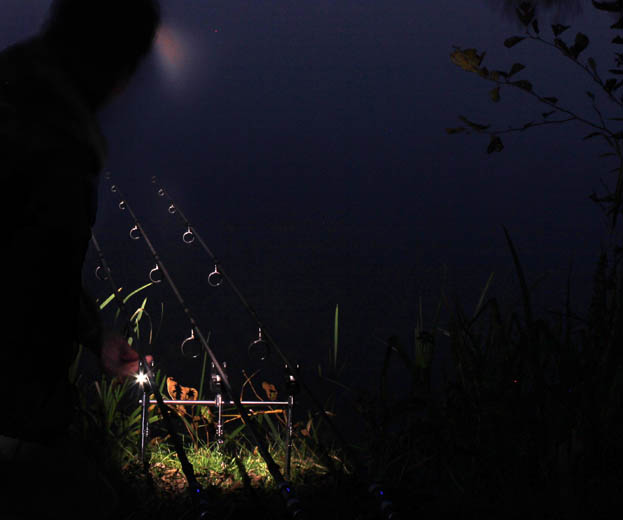
As the day rolled on, the rods were motionless without a single bleep coming from my ATTs alarms. This is never a good sign on here really and by nightfall I’d already loaded my bag and tidied up ready for a move the next day at first light. My gut feeling isn’t normally too far off, well as long as I don’t think about it too hard anyway! Many times it pops into my head to do this or that and as long as I do it when I feel the times right, it’s not many times it doesn’t pay off for me. A quiet night was followed by a quiet morning and it wasn’t long before I was loaded up and pushing the barrow around the lake. You might be wondering where I was off too? Well as the light dropped the night before, I sat listening to carp lumping out on the end of the wind, out in front the swim opposite me…
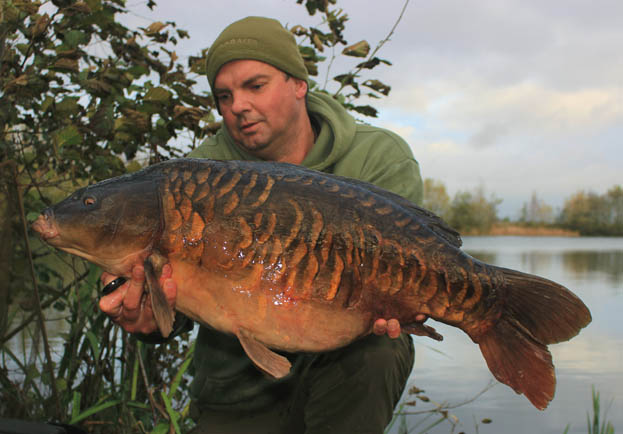


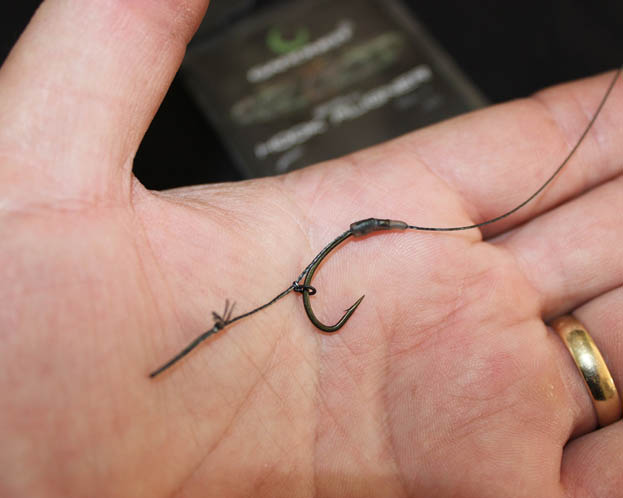
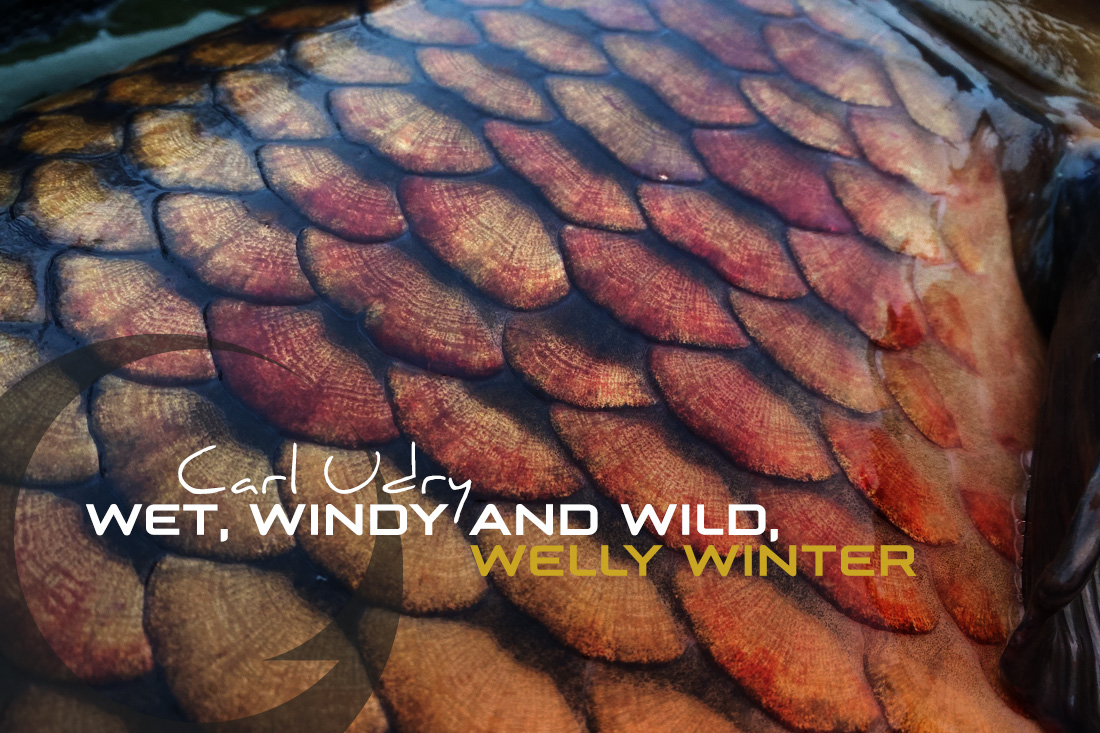

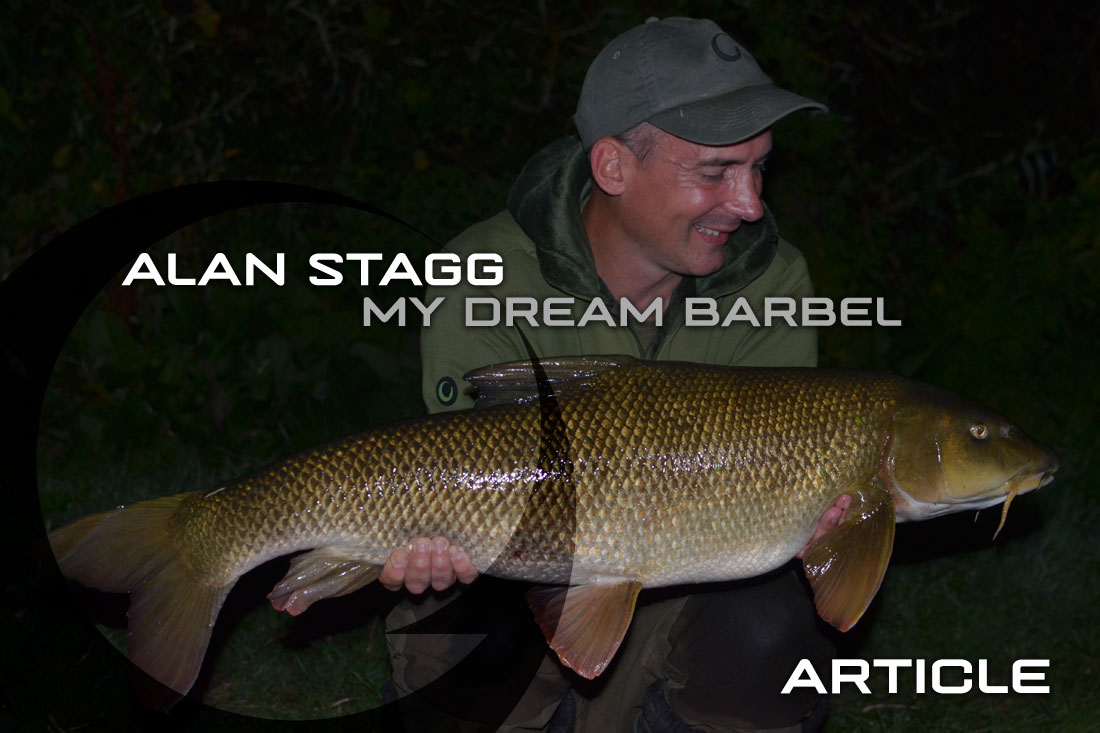
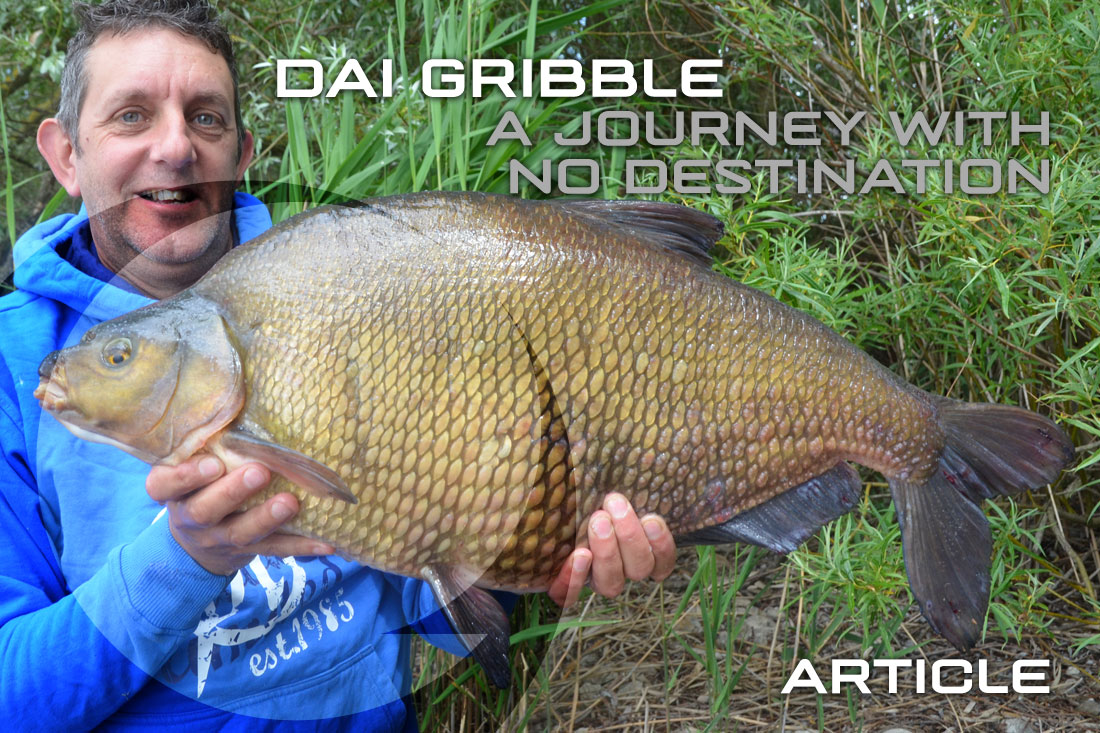
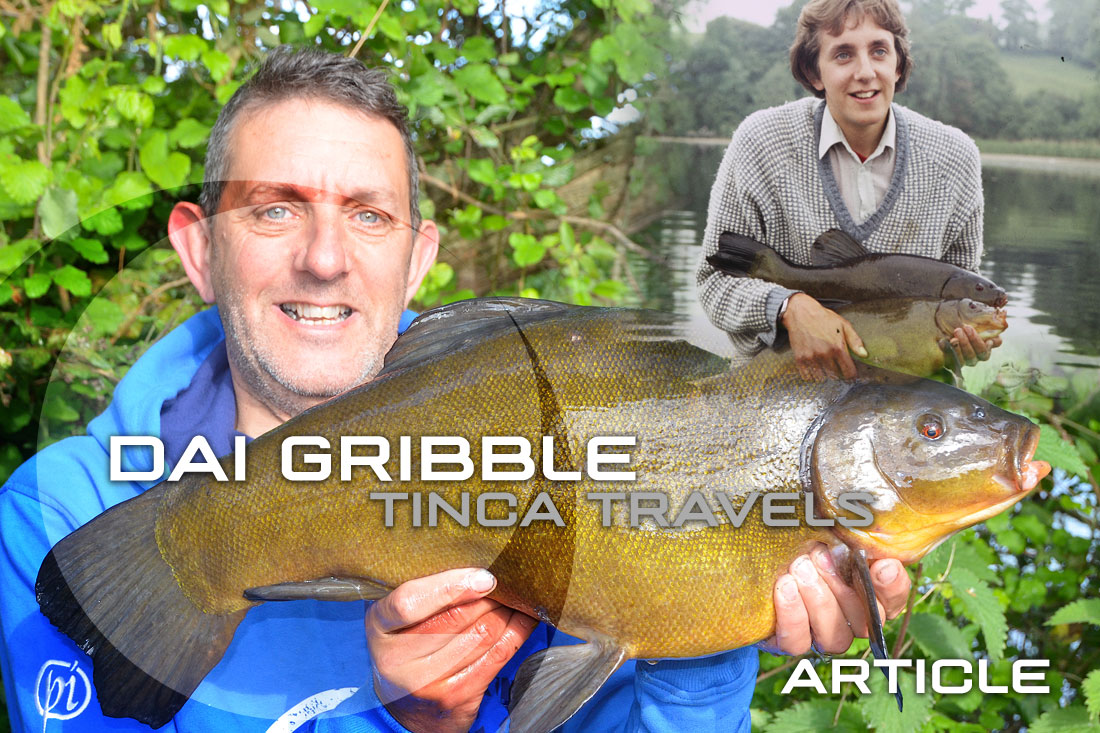
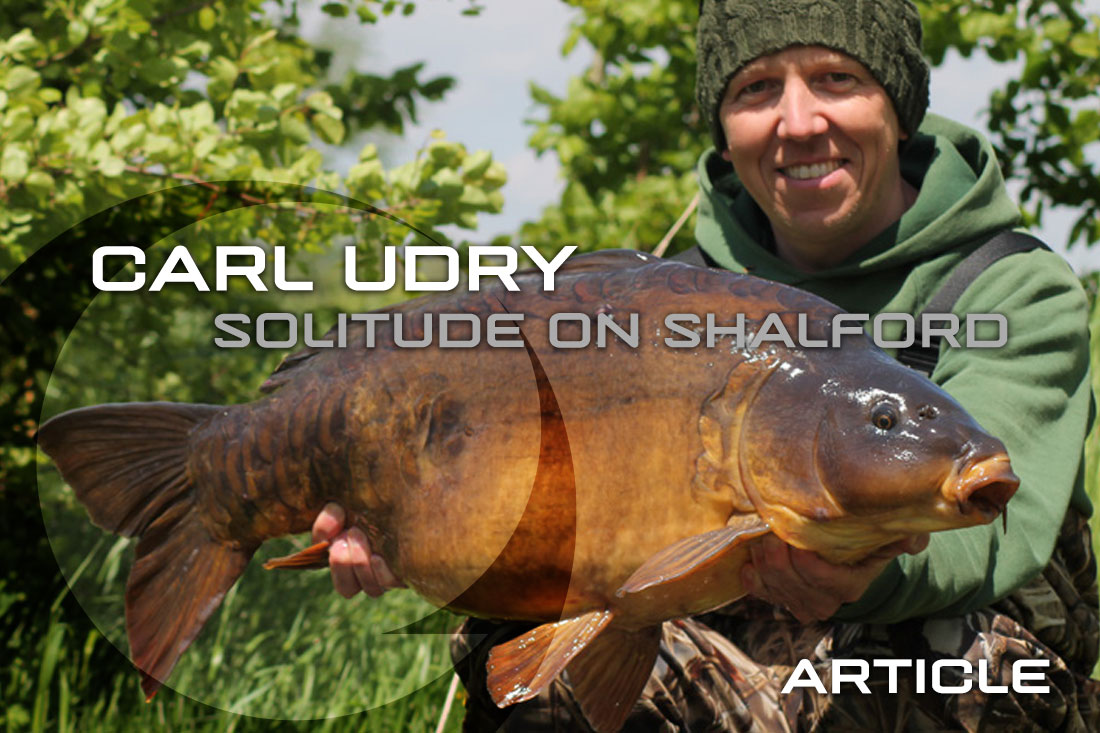
A great winter blog Nick. I actually have a question re the Blow-Back rig, well also thoughts on the way it works.
I used to use it a lot, but since thinking about what happens to it if a fish actually picks it up, and then gets away without actually hooking itself, I felt it could actually be doing me no favours at all. I understand the blow-back effect should aid in the hooking of a fish, but what if it doesn’t? If the hook and bait is ejected, surely the rig is no longer fishing as designed and when first cast out. I also feel the same happens where a piece of silicone is situated on the bend of the hook. As a well known Angler said, he likes to know if his bait and rig has been picked up, but failed to hook the fish, so he can adapt and change things for next time. What if this aborted take has happened within minutes of casting out, and the rig then sits for the rest of the night without hooking a fish? Ok, you may know you’ve missed a bite, but surely it’s best to have a rig that’s fishing as designed all the time. Neither rig can reset itself where a bottom bait is being used. Because of this, I now use shrink tube instead of silicone, with the satisfaction of knowing, that should I miss a bite which I’m sure happens all the time whatever the rig, my rig will reset itself. Obviously Nick’s rig as shown can’t do this with a bottom bait, and he’d be none the wiser as the rig when wound in, would look correct and ok more than likely.
I’d appreciate your thoughts and comments please. Thank you very much.
Nick Worner
Nick Burrage